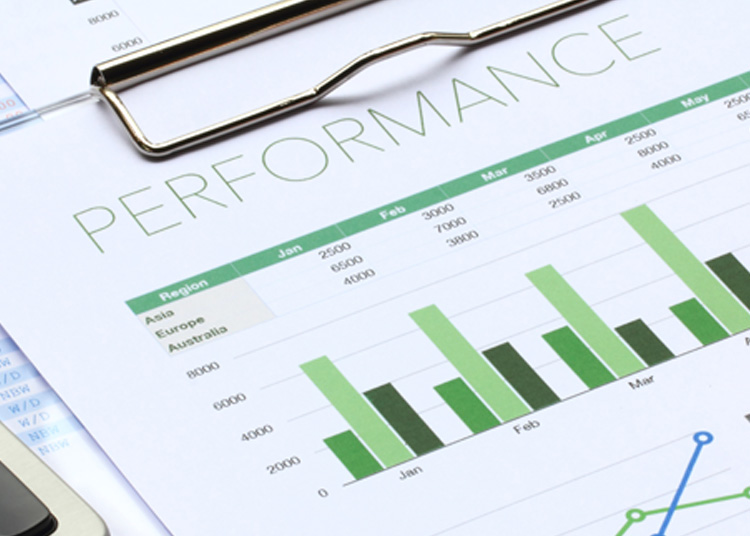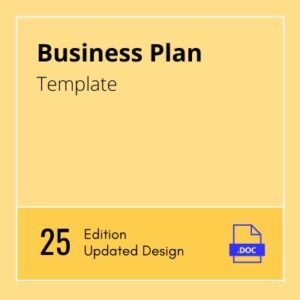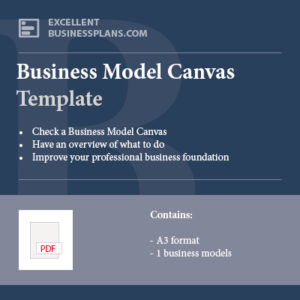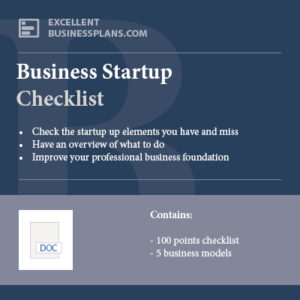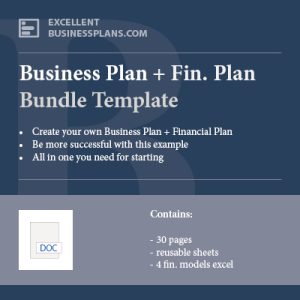As an entrepreneur, effective cash flow management is critical. By looking ahead at upcoming expenses and revenue, you can create a budget and plan ahead to reduce risk. Proactively managing your finances can help you achieve your goals and remain successful.
By looking ahead at future costs and income, you can better prepare for what lies ahead. Thinking ahead and being proactive with your finances can help you stay on track and reach success.
How to make a Cashflow overview?
Calculate your finances and be in control.
Quite often enterpreneurs can go bankrupt due to a poor cashflow. Managing the cashflow helps you assess the coming cost versus income way in advance. It creates financial discipline and reduces risk. When you are doing this, you are thinking broader, what’s going to come.
This thinking on future spending and cash in out alone already gives you a handle on what you can expect. This forward thinking really helps.
Steps to take create your Cashflow Overview
How to make a cashflow analysis?
- Determine the period of time you will analyze. This can be a month, quarter, or year.
- Gather all financial statements and documents that show your income and expenses. This can include bank statements, invoices, receipts, and tax returns.
- Create a list of all income sources, including salary, dividends, and rent.
- Create a list of all expenses, including bills, groceries, and entertainment.
- Subtract expenses from income to determine your net cash flow for the period.
- Review the results and look for areas where you can reduce expenses or increase income.
- Repeat the process regularly to track your cash flow over time and make adjustments as needed.
Start with Excel or Google Sheets (download here) to write down the numbers
Your Starting Capital (on date /1/1/2021) – Setup in monthly way (for example – the savings for your business)
————-
Total Cash In:
Add: (+): write your income (in your currency)
Add: (+): extra funding (assess per month)
————-
Total Cash out:
Subtract (-) : Expenses / running expenditures:
Subtract (-) : Taxes, website costs, staffing costs, rent, expected incidental costs/expenses
Subtract (-) : Interest on loans, repayment, IT costs, etc.
Total Cash change
Total Cash for the month
Record the numbers for each month over the course of one year, and then try to predict what will happen over the next 1-2 years.
Calculate your ‘runway’
Determine your ‘runway’ by dividing the total amount of money in the bank by the average amount you spend each month. This calculation will give you the number of months of ‘runway’ you have.
- Total money in the bank / amount you spend average per month = # of months ‘runway’
Note
At first, you will not get it quite right, but after 2-3 times fill ins and rechecks, the cashflow overview becomes clearer. After a while, you will get a feel for this. This will help you get more thinking on ‘what’s coming’ and ‘what is my business spending cost’ and how to handle it. We think this is an essential exercise for your business. Also you need this for the bank. Getting better in this kind of financial discipline helps you control your business and be a master your personal income, and thus doing this exercise reduces your financial risk of not having money.
With a little practice, you’ll quickly get the hang of creating a cashflow overview. This can help you plan ahead and stay on top of your business expenses. It’s also a vital part of running a business and gives you a greater level of control over your finances and reduces the risk of being caught short. So, take the time to get to know this important tool and you’ll reap the rewards.
Download a financial template here.

